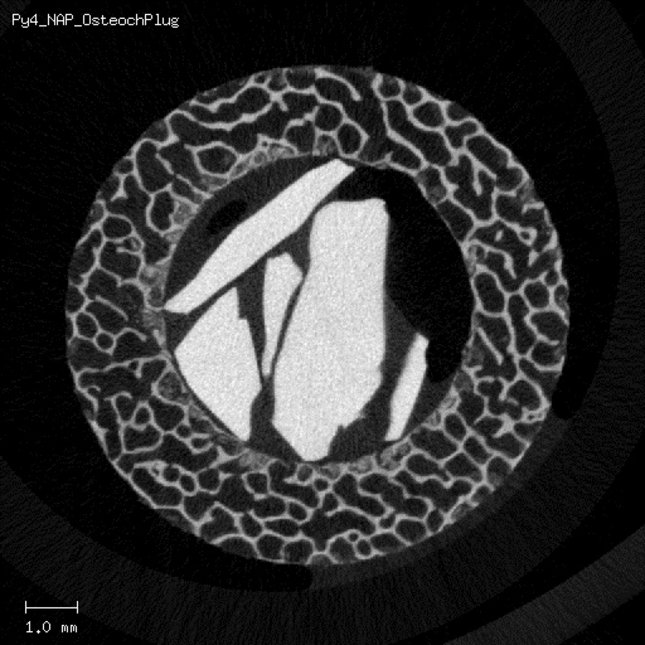
Bioactive glasses have been studied widely for their application in bone regenerative strategies. Many compositions have been investigated and some of them are even commercially available and used in the clinic. One of these compositions is the S53P4 bioactive glass, which has shown great potential as a treatment for osteomyelitis (bone infection) in a granular form. This potential is a result of the antibacterial and bone bonding properties that the material possesses. They are believed to be the result of a cascade of events that occur directly after the material gets in contact with (body) fluid). Initially, ions are released and the surface remodels. On this remodelled surface, calcium and phosphate re-precipitate. These events and their resultant material properties are still poorly understood. This project therefore focusses on investigating the events that happen after bioactive glass gets in contact with fluids, such as the in vitro degradation of the material and to which extent bone resorbing cells (osteoclasts) can be involved in this. Furthermore, the bone bonding and regenerative capacity of the S53P4 bioactive glass granules are being studied, both in vivo and ex vivo. This will contribute to the understanding of the working mechanisms of this specific bioactive glass composition. It may identify other groups of patients that could benefit from bioactive glass treatment or may point out necessary changes in composition to improve the materials' inherent properties.